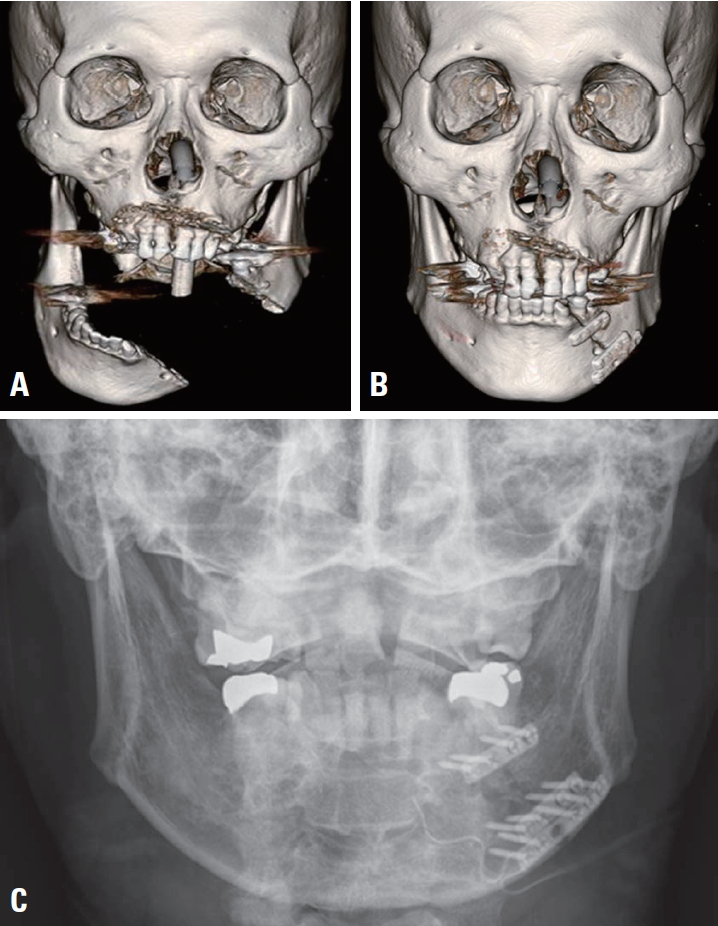Articles
- Page Path
- HOME > J Trauma Inj > Volume 33(1); 2020 > Article
-
Editorial
Reply to the Comments on “Case Series: Successful resuscitation of Severe facial Injuries Caused by a Chainsaw” - Han Joo Choi, M.D., Ph.D.
-
Journal of Trauma and Injury 2020;33(1):61-62.
DOI: https://doi.org/10.20408/jti.2020.011
Published online: March 30, 2020
- 4,717 Views
- 85 Download
Department of Emergency Medicine, Dankook University Hospital, Cheonan, Korea
- Correspondence to Han Joo Choi, M.D., Ph.D. Department of Emergency Medicine, Dankook University Hospital, 201 Manghyang-ro, Dongnam-gu, Cheonan 31116, Korea Tel: +82-41-550-6840 Fax: +82-41-556-0524 E-mail: iqtus@hanmail.net
• Received: March 16, 2020 • Accepted: March 16, 2020
Copyright © 2020 The Korean Society of Trauma
This is an Open Access article distributed under the terms of the Creative Commons Attribution Non-Commercial License (http://creativecommons.org/licenses/by-nc/4.0/) which permits unrestricted non-commercial use, distribution, and reproduction in any medium, provided the original work is properly cited.
See the article "Comments on “Case Series: Successful Resuscitation of Severe Facial Injuries Caused by a Chainsaw”" on page 258.
Fig. 1.Three-dimensional reconstructed computed tomography images of the patient in case 1, (A) before and (B) af ter the reconstructive operation. (C) A simple X-ray series of the mandible shows successful end-to-end restoration of the bony structures.


- 1. Hwang K. Comments on “case series: successful resuscitation of severe facial injuries caused by a chainsaw”. J Trauma Inj 2019;32:258–9. Article
- 2. Cividino SRS, Gubiani R, Pergher G, Dell’Antonia D, Maroncelli E. Accident investigation related to the use of chainsaw. J Agric Eng 2013;44:686–9. Article
- 3. Hammig B, Jones C. Epidemiology of chain saw related injuries, United States: 2009 through 2013. Advances in Emergency Medicine 2015;2015:459697. Article
REFERENCES
Figure & Data
References
Citations
Citations to this article as recorded by 

 KST
KST

 PubReader
PubReader ePub Link
ePub Link Cite
Cite


